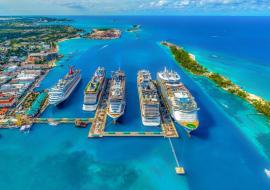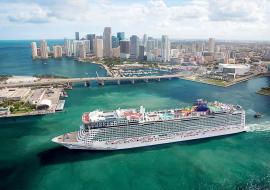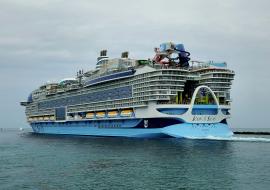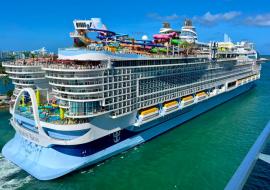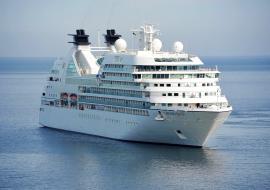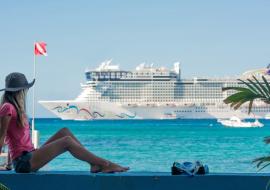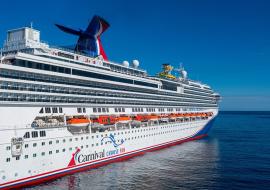Since the Concordia Shipwreck, Safety Advances and Room for Improvement
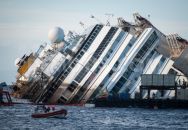
After a bruising couple of years for the global cruise business, ship operators have emerged with a sharper focus on safety and reliability — and on setting travelers’ minds at ease.
Two years after the fatal grounding of the Costa Concordia in Italy, the industry has adopted new rules on emergency drills, ship operations and life jackets, and has introduced a “passenger bill of rights.” And Costa owner Carnival Corp., has announced massive investments in ship upgrades following the disabling fire aboard the Carnival Triumph a year ago.
“I first started cruising in 1965 and certainly I’ve not seen this level of attention and focus on safety,” said Douglas Ward, author of 2014 Berlitz Cruising and Cruise Ships. “I think all the cruise lines are definitely going in the right direction.”
Some critics say the changes are more talk than action, but cruise companies and longtime observers say the prolonged attention has led to a safer product and a greater willingness to shine a light on sensitive subjects. Everyone agrees, however, that there is more work to be done.
“Certainly the policies that have been adopted over the past two years have added to the safety capability of the industry — and safety is a journey, it’s not a destination,” said Michael McGarry, senior vice president of public affairs for the Cruise Lines International Association (CLIA).
After the Costa Concordia struck rocks and partially capsized the night of Jan. 13, 2012, off the Tuscan island of Giglio and killing 32, the association announced a review of safety procedures. A panel of safety experts drew up 10 recommendations that were adopted as standards by the International Maritime Organization.
Most headlines were devoted to a rule that requires cruise ships to hold emergency drills for embarking passengers before a ship leaves port — which had not happened when Concordia crashed. But other important changes required ships to carry more life vests than required by law and to ensure that crew members have twice-yearly practice loading and operating lifeboats.
In a statement Friday, CLIA highlighted those safety initiatives in a statement geared to the disaster’s second anniversary.
“Our shared sense of loss with the victims of the Concordia and their families has guided us — and will continue to guide us — as the industry maintains its focus on passenger safety, comfort and care,” the association said.
Friday, Costa Cruises released an update on the status of the wreck, which was righted this fall. The damaged vessel is now slated to be towed from Giglio in June to a port that has not yet been named; it will then be dismantled. The ship’s captain at the time of the accident, Francesco Schettino, is on trial for alleged manslaughter, causing a shipwreck and abandoning the ship before all the passengers had been evacuated.
Costa has since set up a fleet operation center to constantly monitor all ships from its headquarters, where employees can compare the planned route with the ship’s actual location. And the company has replaced its previous captain-runs-the-helm practice with more team-based approaches.
Little more than a year after the Concordia wreck, fire disabled the Carnival Triumph and brought a new worry to potential cruise travelers: the prospect of being stuck at sea for days without power or working toilets. No one was injured in the blaze that disabled the Triumph’s power, but the incident drew weeks of negative news coverage.
Source: The Miami Herald







